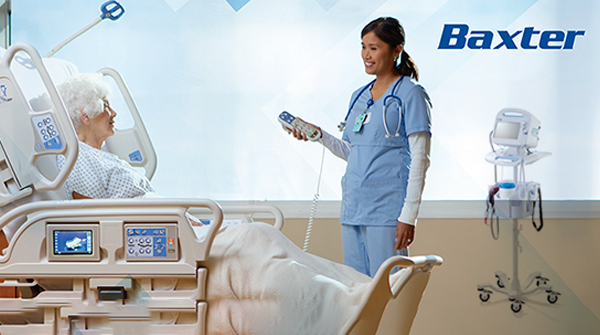Advancements in Flexible X-ray Detectors for Cancer Care
6 November 2023
Researchers at the University of Surrey have developed novel tissue-equivalent materials with the potential to usher in a new generation of flexible X-ray detectors. These detectors have a broad range of applications, including cancer treatment and advanced airport scanners.
Conventional X-ray detectors are typically crafted from heavy and rigid materials such as silicon or germanium. In contrast, these innovative flexible detectors are not only cost-effective but also adaptable to the contours of the objects being scanned. This adaptability enhances precision in patient screening and reduces the risks associated with tumor imaging and radiotherapy administration. What makes this advancement truly noteworthy is that the material itself mimics human tissue, enabling real-time dosimetry, a capability currently beyond the reach of existing technology.
Existing detectors on the market are known for their weight, rigidity, energy consumption, and the substantial costs associated with covering large areas. Organic semiconductors, composed of hydrogen and carbon, provide a more flexible alternative. However, until now, they struggled to produce X-ray images as detailed as those from traditional detectors.
To overcome this challenge, scientists at the University of Surrey's Advanced Technology Institute incorporated small amounts of high atomic number elements into an organic semiconductor, resulting in detectors that closely resemble human tissue when exposed to X-rays. This breakthrough has the potential to introduce safer and more effective techniques for radiotherapy, mammography, and radiography.
The research findings have been published in the journal Advanced Science, and the applications of this innovative technology extend to various fields, including radiotherapy, historical artifact scanning, and security scanners. These results are particularly promising, especially considering that the material studied here is just the initial step, leaving ample room for further enhancements and refinements.
Source: surrey.ac.uk

